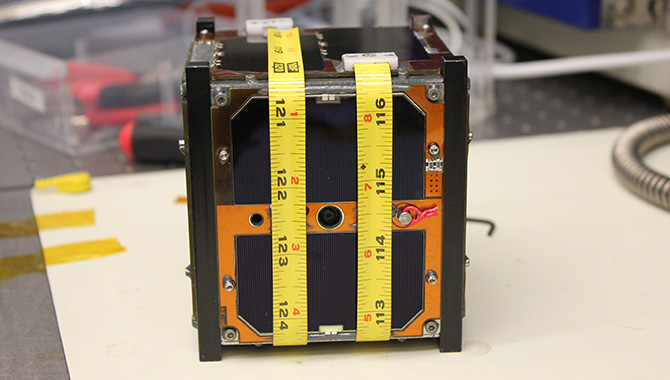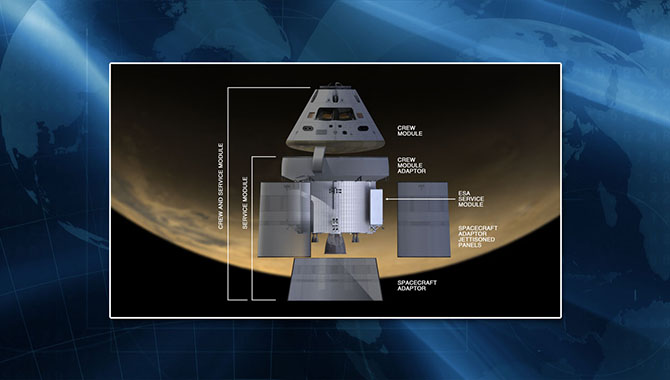
ISS Expedition 42 came to an end on March 11, 2015, as the Soyuz TMA-14M spacecraft landed in Kazakhstan. The mission included a focus on human health management for long-duration spaceflight.
Photo Credit: NASA/Bill Ingalls
In preparation for missions beyond low Earth orbit (LEO), NASA has enlisted the Institute of Medicine to examine reports of human spaceflight risks.
NASA’s human spaceflight programs are firmly focused on advancing manned deep space exploration. In December 2014, the agency witnessed the successful maiden flight of Orion, the first spacecraft in 40 years designed to take humans beyond LEO. In March, NASA put the Space Launch System (SLS) to the test with a successful qualification trial (Qualification Motor-1 (QM-1)) of the solid rocket booster. In 2018, Orion and the SLS will be united for their first integrated test: Exploration Mission-1 (EM-1).
While people around the world have witnessed these successful technological milestones, fewer may be aware that the agency is just as focused on determining—and addressing—the risks that deep space exploration presents to humans. NASA’s Human Research Program (HRP) has compiled a series of evidence reports examining human health and performance risks associated with long-duration spaceflight. To ensure the reports adequately present the risks, NASA has requested the support of the Institute of Medicine (IOM) of the National Academies. Accordingly, the IOM convened a 12-member committee to evaluate the quality of the evidence and analysis presented in each report, identify any gaps in content, and note resources that offer additional insight into the issues raised. More than 30 evidence reports will ultimately be reviewed by the committee.
A recent publication, Review of NASA’s Evidence Reports on Human Health Risks: 2014 Letter Report, presents the committee’s latest findings. In it, they assessed the content of seven NASA evidence reports that explore increased risk to human health and performance due to:
- Alterations in host-microorganism interactions
- Alterations in immune response
- Inadequate design of human and automation/robotic integration (HARI)
- Inadequate human-computer interaction (HCI)
- Incompatible vehicle/habitat design
- Inadequate critical task design
- Training deficiencies
The committee determined that the reports are thorough and do offer evidence of spaceflight risks to human health. They noted that the format and quality of the writing vary from report to report and that the reports are not designed to facilitate an assessment of interactions, if any, between the different risks. For each topic, the committee suggested a variety of resources that provide additional insight.
Gaining a better understanding of the risks associated with long-duration spaceflight is critical as NASA continues along the journey toward Mars and private industry becomes increasingly involved in LEO-based crewed missions. Sharing the evidence reports with the IOM is not the only step the agency is taking to examine the risks. One of the key objectives of the most recent ISS mission, Expedition 42, was human health management for long-duration space travel. A subsequent ISS mission will take research ever farther: for the first time, two astronauts will spend an entire year on the ISS to examine the body’s response to longer-term exposure to microgravity environments. The information gleaned during these missions will add significantly to the understanding of the risks to human health posed by long-duration spaceflight, helping advance the potential for manned deep space exploration.
Explore the full IOM report.
Read an APPEL News article about the yearlong ISS mission.









